Review: Star Trek: Picard Season 2 Episode 3 “Assimilation”
Star Trek: Picard revisits a well-worn franchise trope as Admiral Picard and crew travel back in time to prevent the Confederation reality from ever happening — and the personal stakes for this mission are raised in a big way.
After escaping the vile Confederation of Earth, Admiral Jean-Luc Picard (Patrick Stewart) and the crew of La Sirena use the slingshot-around-the-sun maneuver to get themselves to the Los Angeles of 2024. This is the place and time where the Borg Queen (Annie Wersching) says a singular change was made to the timeline that resulted in the Confederation and its atrocities. The voyage home, however, is rough on La Sirena, and the ship ultimately crash lands outside of Los Angeles with a major casualty: Elnor (Evan Evagora).
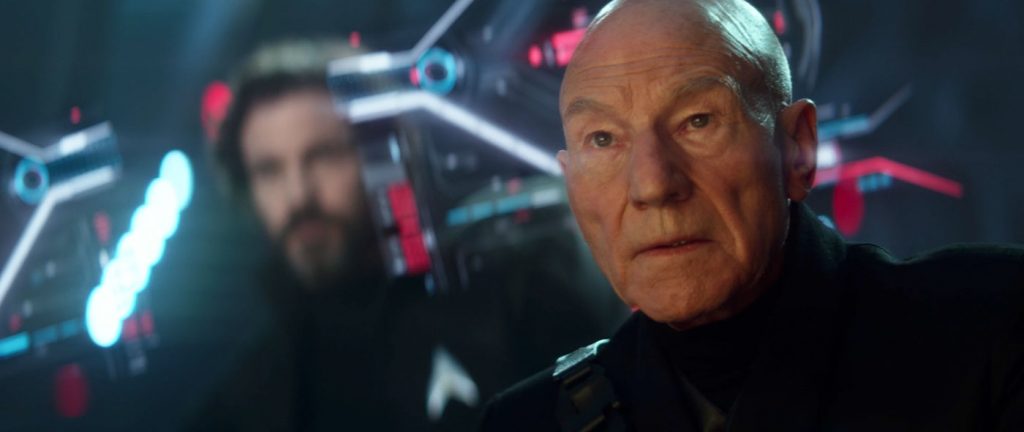

Yes, Elnor succumbs to the injury inflicted upon him by the Confederation magistrate (Jon Jon Briones) shortly after leaving Earth, but why exactly he died is interesting. Thanks to the major damage aboard La Sirena, the remaining available power could only be used for one of two things: powering sickbay to save Elnor or giving the Queen enough power to stay alive after her post-time travel stress. Picard asserts the Queen needs to survive if their mission is going to be successful, since she is the only link to the fissure in time, so Elnor’s death is in no small way on Picard’s hands.
While this event should be something that weighs on Picard heavily, unfortunately we don’t really see that grief play out. Raffaela Musiker (Michelle Hurd) is the one who takes Elnor’s death the hardest, and holds Picard accountable, especially since it is Picard’s nemesis, Q (John de Lancie), who caused all this pain and suffering. We wish we could have seen Picard grieve for the Romulan-evacuee-turned-warrior-nun who was so influenced by Picard; instead, we get one quick look at Picard observing Elnor’s body bag as the older man hangs his head. Perhaps the admiral is just stoic in the face of the overwhelming mission ahead of him?
Speaking of Q, having him pop up in Picard’s mind during La Sirena‘s warp around the Sun was an unexpected but welcome touch to this episode, as it makes us think he can appear at any point in any episode, not just ones where we know John de Lancie has a guest spot. More interesting still is what Q says to Picard just before they travel to the 21st century: “This is the only kind of life you understand. Shall we see what else has been lost in the wake of your fear?” What exactly is Q referring to in that first sentence? Picard facing immediate danger as he bears responsibility for what happens to those under his command? Q’s line will be an intriguing statement to keep in mind as we see what happens to our heroes in L.A.
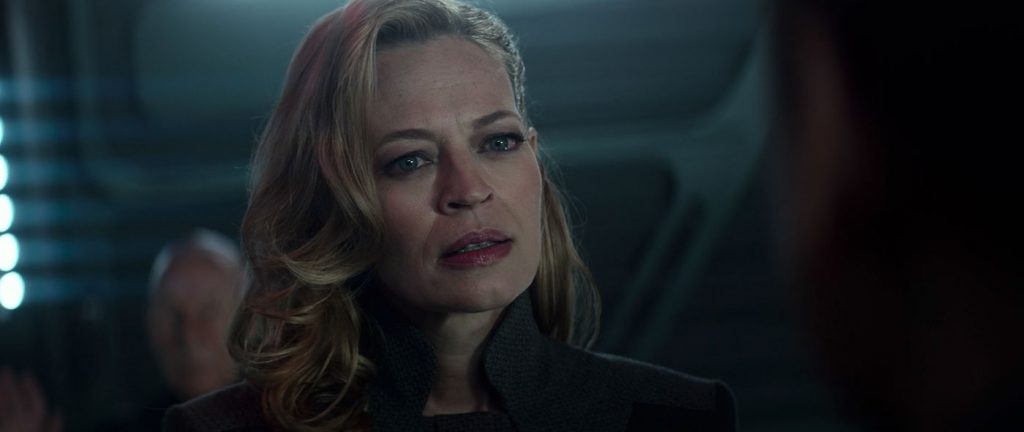

As Picard asserts, the mission must go on: finding the Watcher that the Borg Queen said was on Earth. To help narrow down the location of this person, Raffi, Seven of Nine (Jeri Ryan), and Cristóbal Rios (Santiago Cabrera) venture into the L.A. of 2024, and this is where Star Trek: Picard ventures into some well-known territory: exploring the show’s contemporary time period.
Commenting on present-day circumstances is not just a Star Trek thing, but it has been done numerous times in the franchise’s history, be it Deep Space Nine‘s “Past Tense,” Star Trek IV: The Voyage Home, Voyager‘s “Future’s End,” or Star Trek: First Contact, just to name a few. “Assimilation” wastes no time before some of our characters muse on the drawbacks and weaknesses of 21st-century human culture and events. For instance, upon arriving in L.A., Raffi is held at gunpoint (while in a homeless district, no less) for whatever money the perpetrator thinks she has. Furthermore, Seven and Raffi observe a raging wildfire near L.A., a testament to the early 21st century’s out-of-control climate crisis. And Rios, thanks to a series of unfortunate events, finds himself in the middle of a U.S. Immigration and Customs Enforcement raid on a clinic that serves mainly undocumented immigrants.
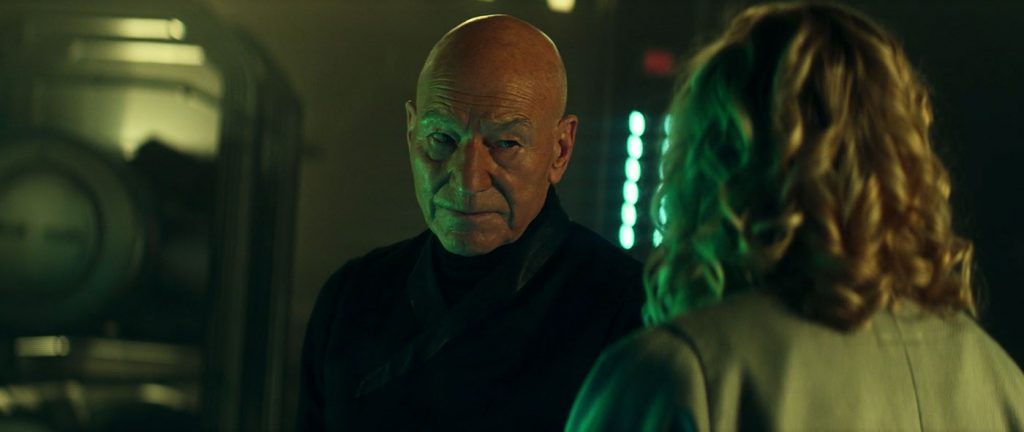

Whereas the previous two episodes of Star Trek: Picard felt like pure escapism, seeing our reality in Picard’s reality is sobering. This isn’t a criticism of the show – after all, we couldn’t live in the Easter egg heaven that was the first two episodes forever – but simply a warning. In the end, this kind of societal commentary will feel quite familiar to Star Trek fans, and Picard exercises little tact or narrative temperance in conveying how screwed up our characters think the early 21st century is. Case in point: within minutes of arriving in L.A. and getting held up, Raffi observes this:
“He started it. A wonderful ambassador up against a backdrop of hope meets hopelessness. You’re killing it, 2024. You know, I’ve never been able to understand how a society can exist with so many contradictions and not collapse sooner than it did.”
Raffi to Seven, on what she sees in L.A. in 2024.
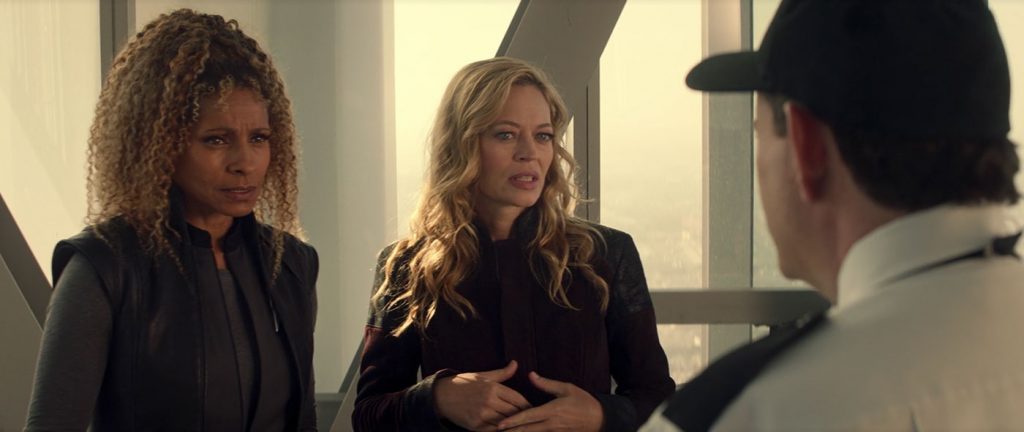

As our characters explore L.A., Picard and Doctor Agnes Jurati (Alison Pill) remain on La Sirena to ensure the Queen gets back to full power so they can learn the exact location of the Watcher. The Queen appears to be trying to communicate in the way Borg often does — non-verbally — and therefore Jurati has a wild idea for her to “hear” these thoughts. Jurati suggests allowing the Queen to begin to assimilate her, which would permit the doctor to communicate with the Queen and bring La Sirena back to full power. This plan alarms Picard, understandably, as he recalls what it was like to be assimilated, but Jurati asserts the Queen won’t fully assimilate her before she gets the information she needs.
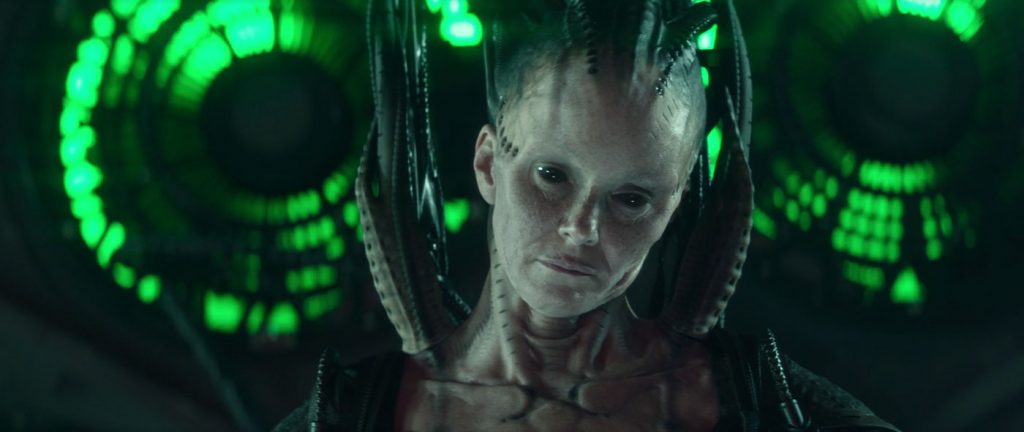

The two women connect, and certain “rooms” of Jurati’s psyche open for the Queen to explore while the process completes. Thus, we learn a bit more about Jurati thanks to the Queen’s intrusion and Jurati’s subconscious communication with Picard. We learn that there is a part of Jurati that is overwhelmingly sad – a personality aspect she masks with humor. This isn’t terribly surprising given some one-off asides by Jurati in the previous episode, but what is unexpected is Jurati saying she wishes Picard was her dad; this helps explain both her admiration and stubbornness with Picard. Furthermore, we learn about Jurati’s anger toward Picard and his feelings, or lack thereof. She asserts Picard must be miserable because he keeps himself from feeling feelings, a sensible assessment considering what we know about Picard’s halted romantic life. Picard, to his credit, takes this attack in stride and is more interested in helping Jurati through the quasi-assimilation.
Thanks to Jurati’s mental effort, the Queen regains her power, and with it a personality we haven’t seen yet. “Assimilation” is Wersching’s first chance to explore what the Queen is like outside of being in a Confederation holding tube, and it turns out she is charmingly sinister, slightly humorous, and coldly calculating. The Queen proposes a trade with Picard: his ship for the Watcher’s location. But it turns out Jurati did more than just power up the Queen (and ship) while being partially assimilated: she found the Watcher’s coordinates herself, as well as a vague sense of when the temporal divergence happens. (Although we wonder why Jurati was able to pull coordinate information from the Queen, but not a day and time.) Importantly, Jurati’s abilities impressed the Queen, so it’ll be interesting to see how any potential relationship between these two characters plays out.
That’s certainly not the only question this episode poses to the viewer. Who exactly is the Watcher? Will Raffi’s option of Picard’s poor leadership be remedied after the immediate crisis is over? We suppose that will depend on if Elnor comes back to life through some time travel magic; after all, Picard couldn’t say for sure if fixing the timeline would bring the Romulan back, much to Raffi’s chagrin. Rios’ storyline in this episode also presents its own questions. How much of a role will the clinic doctor (Sol Rodriguez) and her son play in his story? Clearly, there is a magnetism between him and the doctor, but to what end? And that’s not even the thing that should be forefront on Rios’ mind, though, as he did leave his combadge in the clinic where he was treated for a concussion upon arriving in Los Angeles; what implications will there be for leaving that technology behind? All this and more makes us really excited for next week’s episode.
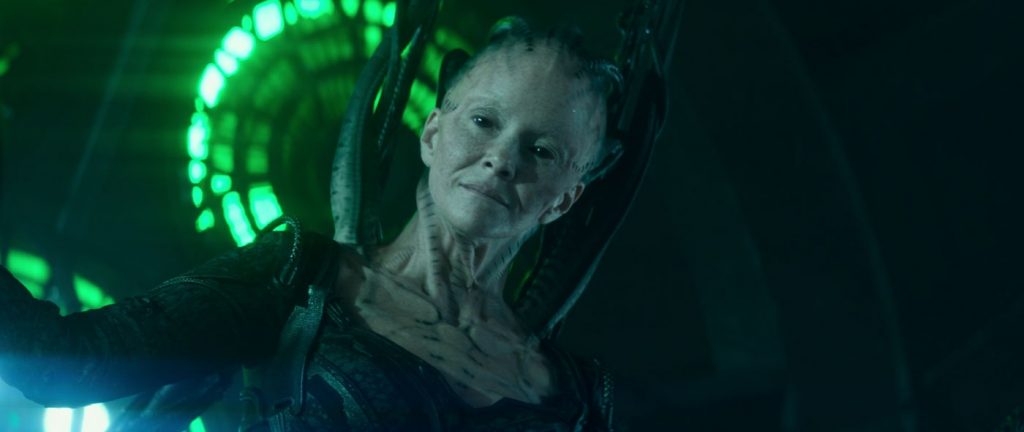

Stray Thoughts:
- The starships that attack La Sirena are two Nova-class ships and one Steamrunner-class ship. The former was first seen in Voyager‘s “Equinox,” and the latter was first seen in Star Trek: First Contact.
- Here’s a wild theory: The tendrils the Borg Queen deploys from her body look a lot like what little we saw of the synth “gods” from the finale of Star Trek: Picard season one. Is there a connection?
- Can you really see Earth that clearly from the Sun? And wow does La Sirena get to Earth quickly after exiting the time warp.
- The coordinates Picard inputs in La Sirena for “home” during its crash-landing points to just north of Angeles National Forest, which is itself just north of L.A. We don’t know why exactly he chose this particular spot, or whose “home” he was referring to. If he was simply referring to Earth being the homeworld of all the characters on La Sirena, why did he need to take control of the ship to land at this particular place?


- Yes, Raffi is grieving, but she is also a Starfleet Officer who surely has been taught to remain composed and as clear-headed as possible during times of crisis, and she also would have learned about Q at the academy. Her anger at Picard is understandable, to an extent, but for her to assert that Picard and Q play their own games at other peoples’ expense for fun is pretty out of line, no?
- Picard and his crew don’t seem concerned at all by 21st century Earth seeing or tracking an alien starship descending to the planet. It’s not like the ship has a cloaking device.
- When Jurati tells Rios he has to “look out for butterflies” when traveling in the past, she is referring to the Butterfly Effect, the theory that says even some incredibly simple change to the past can drastically impact the future.
- Jurati passingly references their native time period using vaccination chips, an idea that has gained traction since the outbreak of COVID-19.
- As the crew breaks up on their various objectives, Picard says, “Let’s go to work!” If you get deja vu during this line, it’s because Picard said the same thing in Nemesis when the Romulans show up to help fight Shinzon.
- Jurati asserts that she still misses her grade-school cat, which is probably the motivation behind creating Spot-73 (Patton Oswalt) in the previous episode.
- This episode may very well be laying the seeds for a major change for Seven. Before leaving the ship, she appears to relish being implant-less in this time, and she then appears to be “relaxed,” as Raffi observes, in L.A. She also is taken aback when the security officer in the skyscraper seems to take kindly to her charisma. Perhaps she is more comfortable in this time and place than in her own?
- There’s not much we know about 2024 in the Star Trek universe except for one major thing: the Bell Riots, as detailed in Deep Space Nine‘s “Past Tense.” So that begs the question: will Picard reference that event or its titular leader, Gabrielle Bell?
- This episode canonizes the animated comedy Rick and Morty in the Star Trek universe.
- Jurati, via the Borg Queen, starts to describe the Watcher that Picard and crew are looking for: “Watcher 15…” Is this a designation for the Watcher, as in there are at least 14 other Watchers, or was the 15 part of an address? We suppose we’ll find out in the next episode.
- There are now two realities that are impacted by Picard’s actions: the original Prime Timeline, where the Stargazer was presumably destroyed in the encounter with the Borg ship, and the Confederation reality, where that organization has lost its general and president. Will we see any fallout in those universes, or are they now totally out of focus as our heroes inhabit 21st century Los Angeles?
Star Trek: Picard season two will consist of 10 episodes and will drop weekly on Thursdays. The cast includes Patrick Stewart, Alison Pill, Jeri Ryan, Michelle Hurd, Evan Evagora, Orla Brady, Isa Briones, Santiago Cabrera, and Brent Spiner. This season’s cast also includes Annie Wersching and special guest stars Whoopi Goldberg and John de Lancie.
Stay tuned to TrekNews.net for all the latest news on Star Trek: Picard, Star Trek: Strange New Worlds, Star Trek: Discovery, Star Trek: Lower Decks, Star Trek: Prodigy, and more.


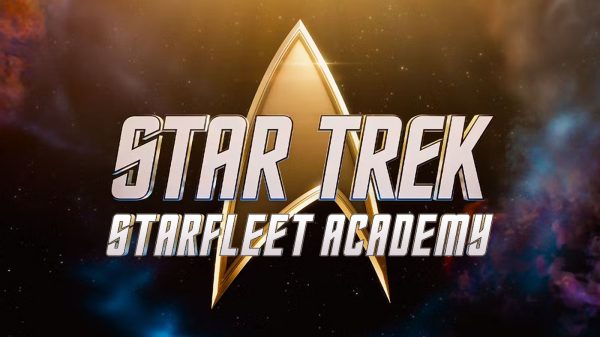
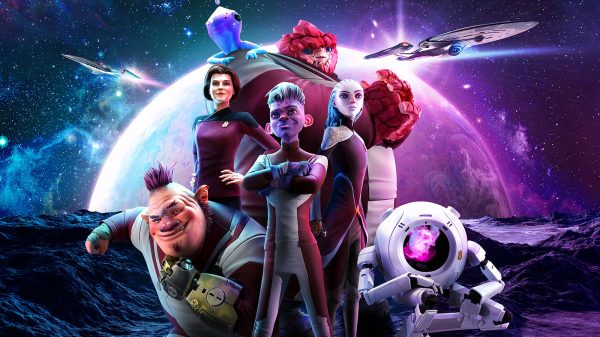
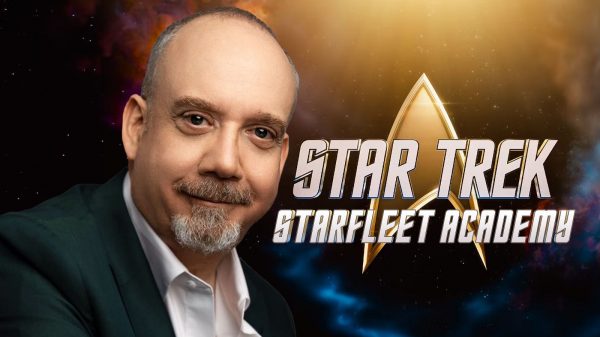
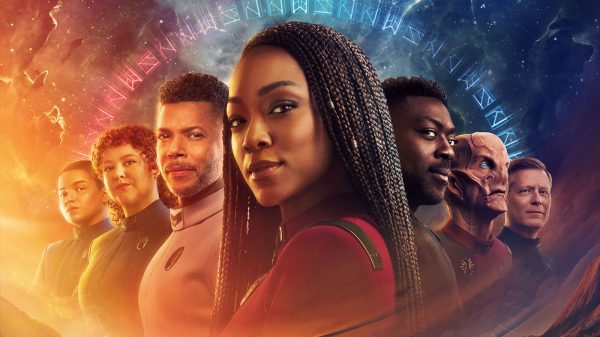
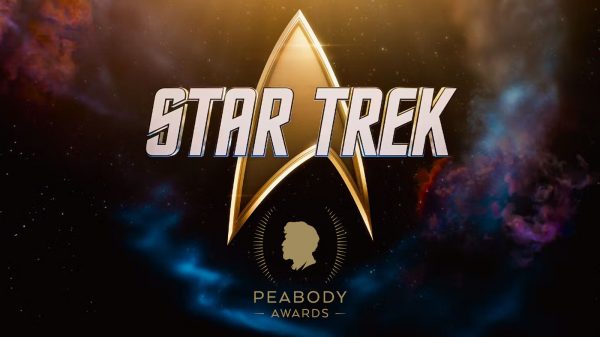
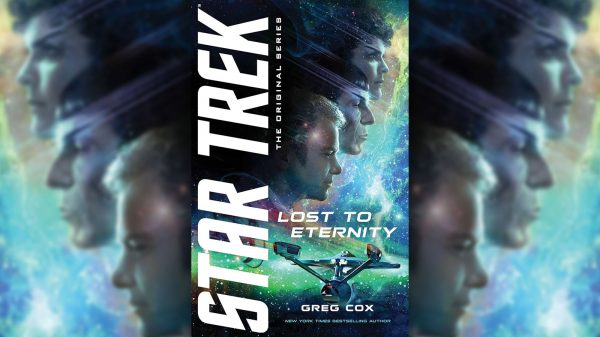
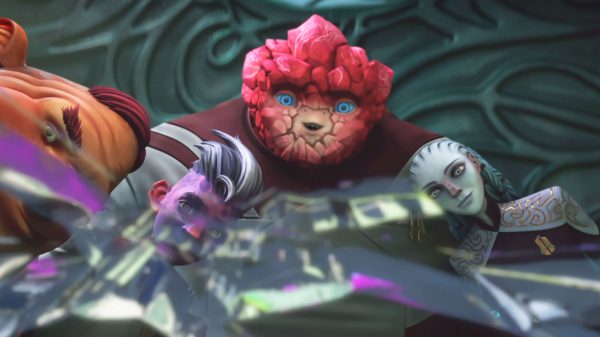
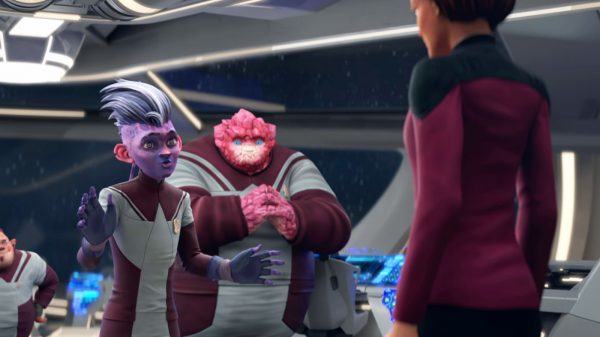
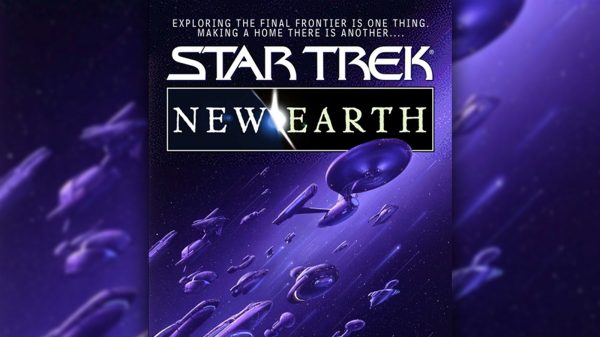
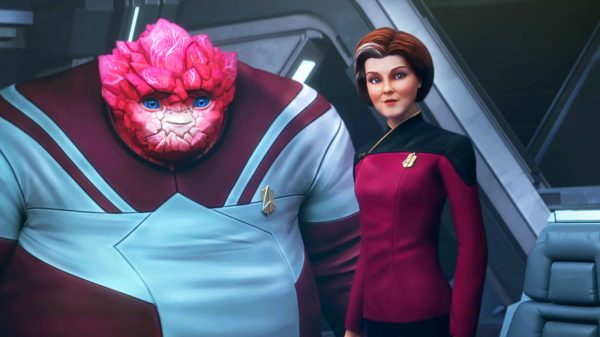
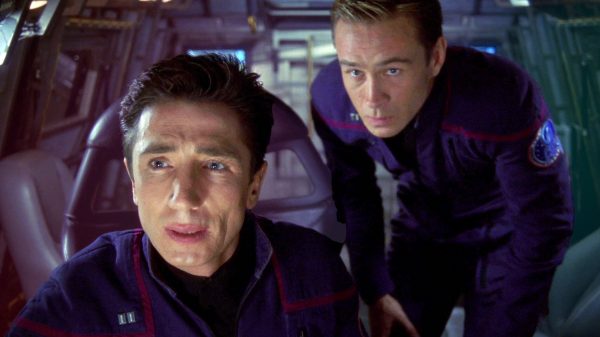
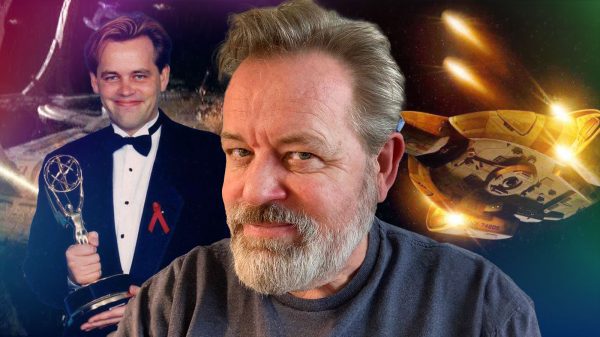
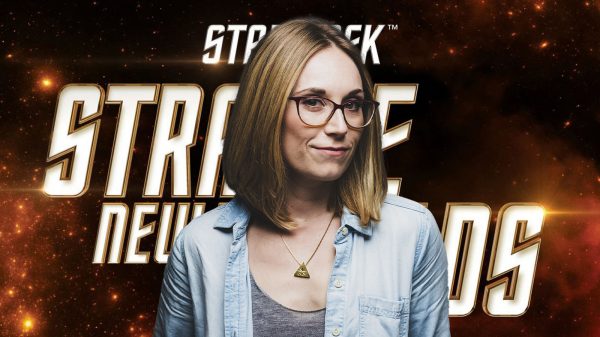
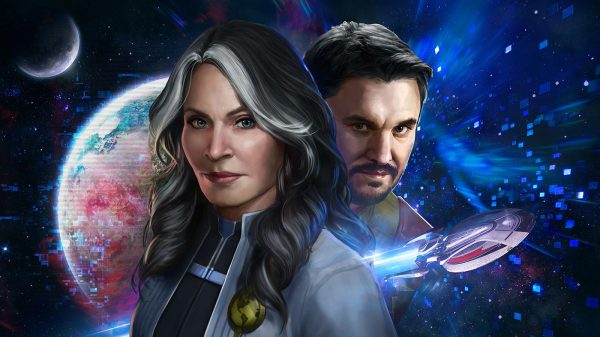


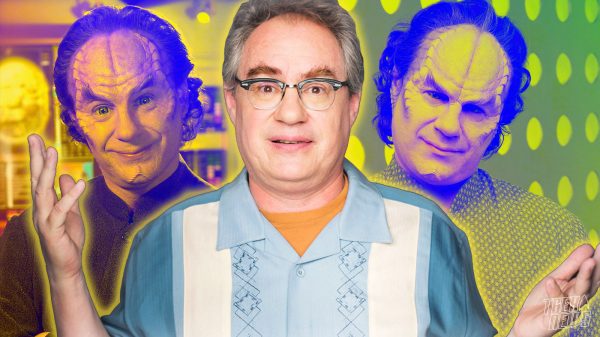
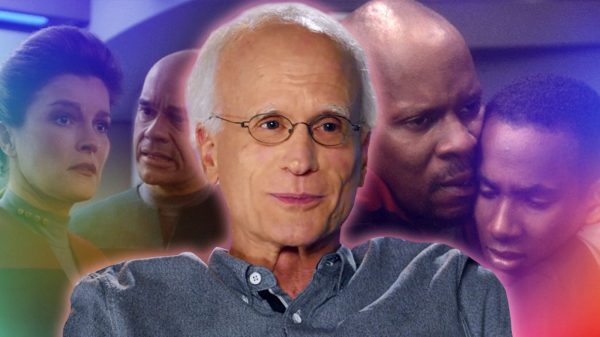
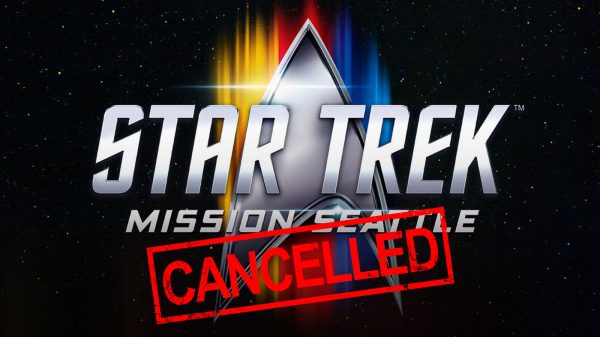

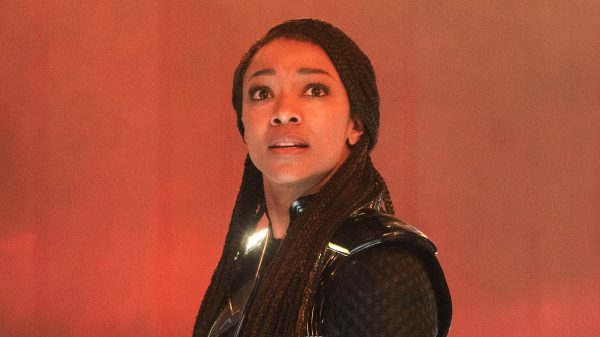
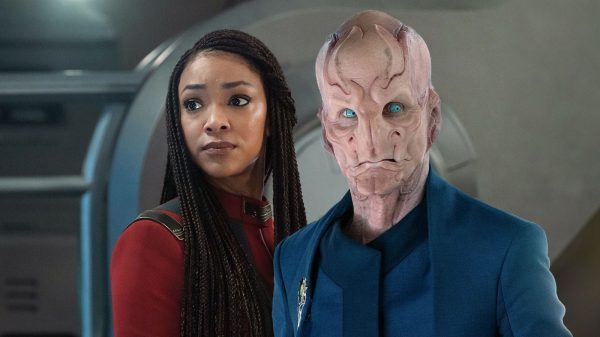
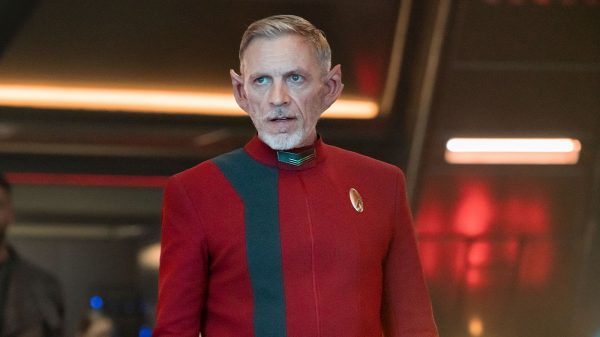
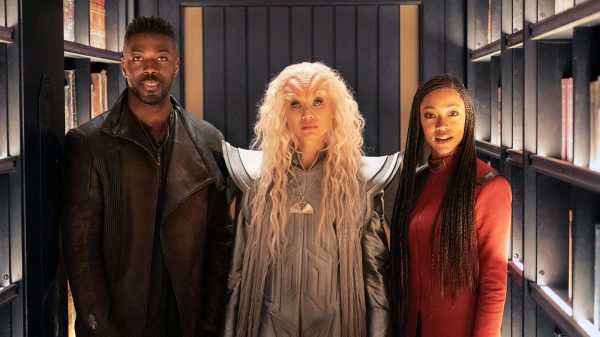

![2023: A banner year for Star Trek — here’s why [Op-Ed]](https://treknews.net/wp-content/uploads/2024/01/star-trek-2023-year-in-review-600x337.jpg)
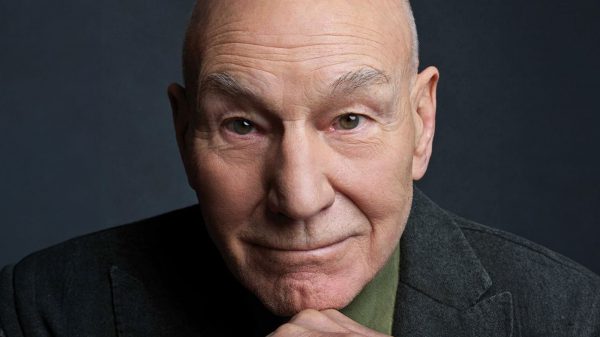
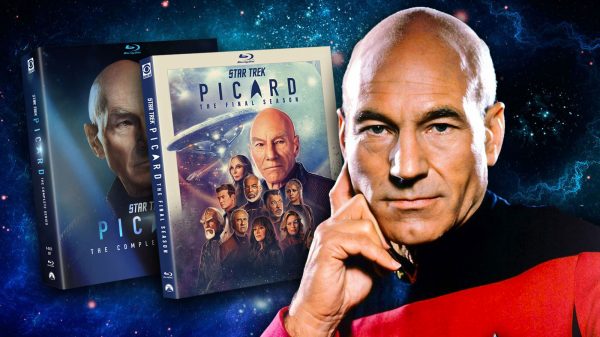
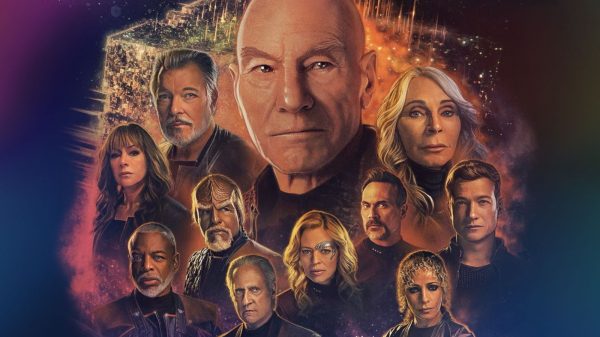
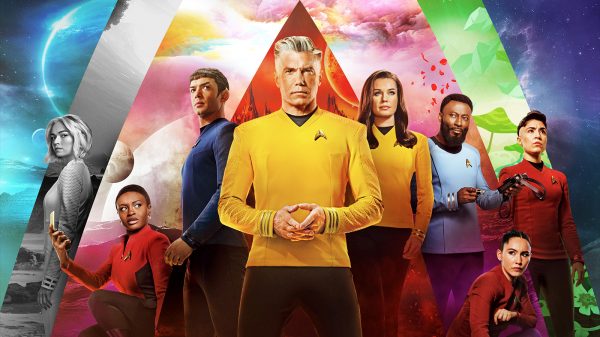
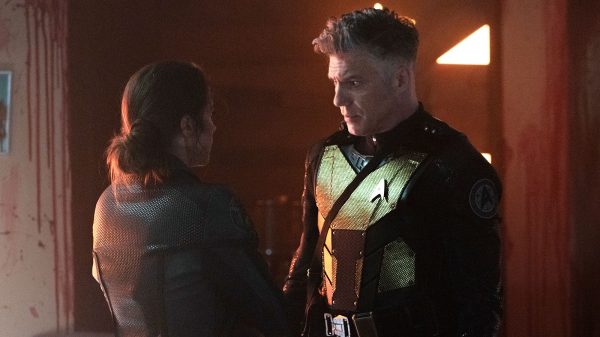
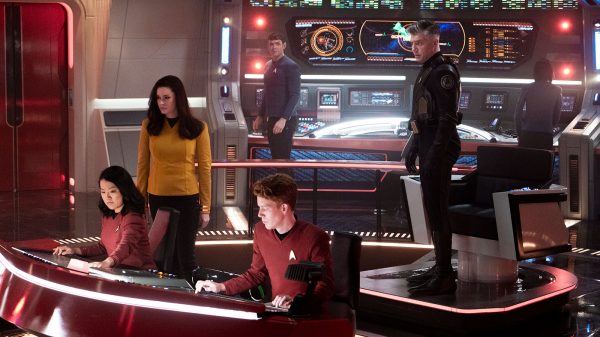
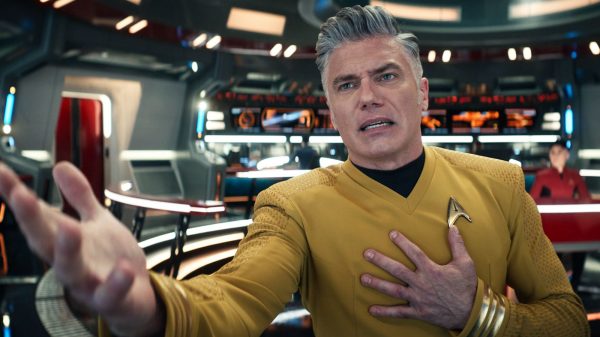
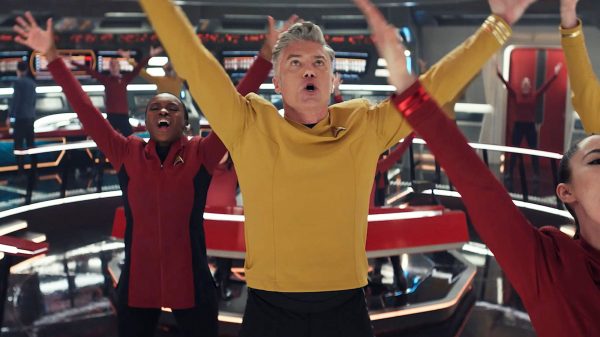
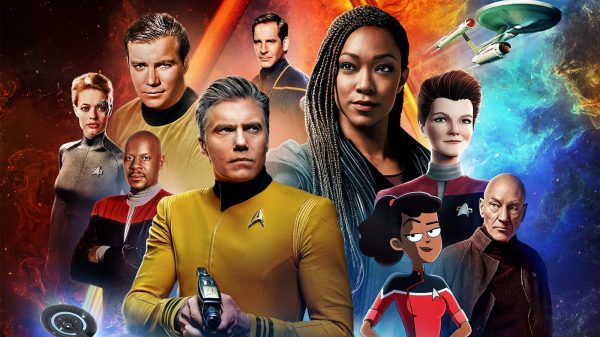

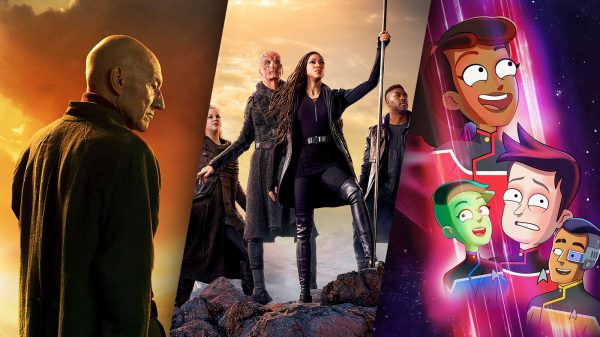
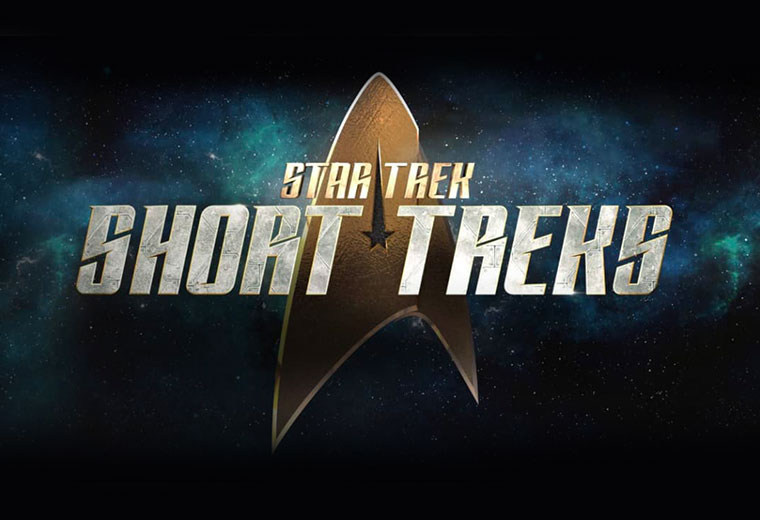
![[REVIEW] STAR TREK: SHORT TREKS "Children of Mars": All Hands... Battlestations](https://treknews.net/wp-content/uploads/2020/01/review-star-trek-short-treks-children-of-mars.jpg)
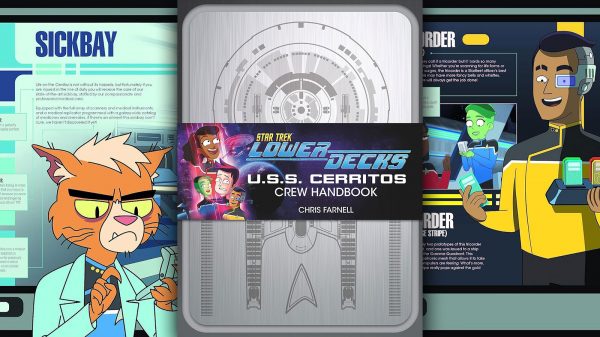
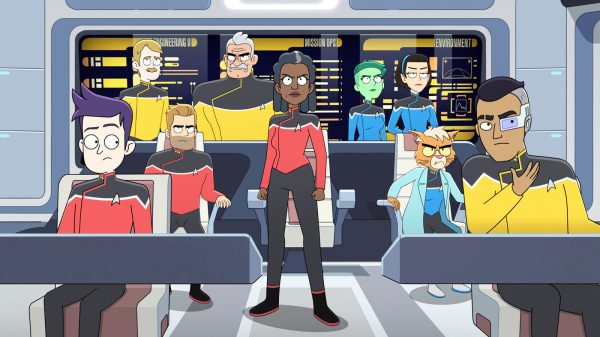
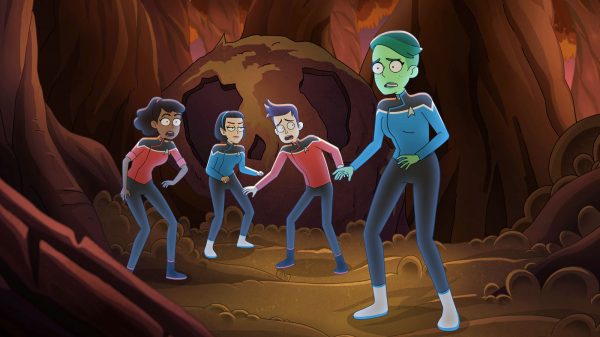
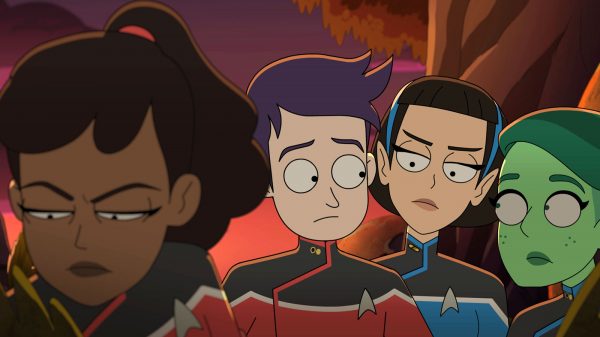
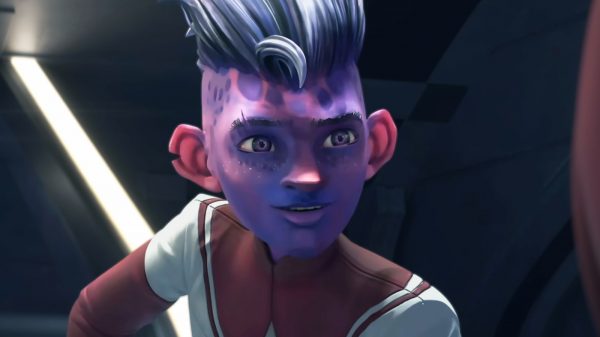
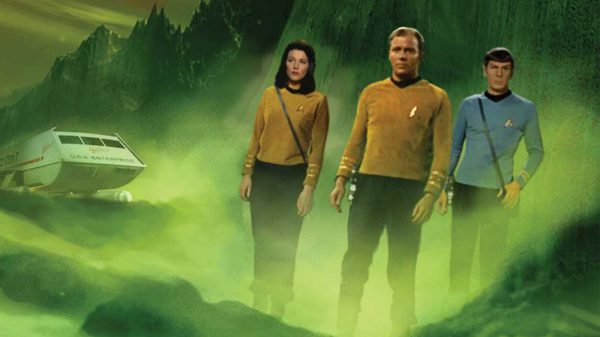

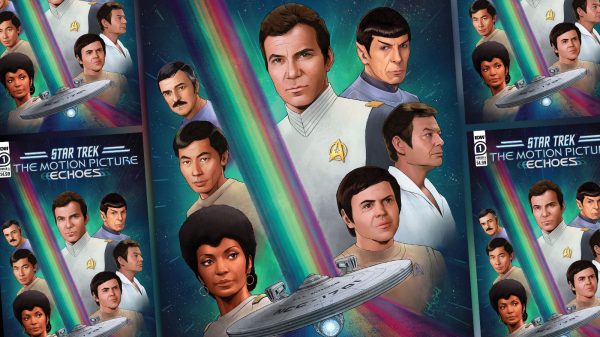
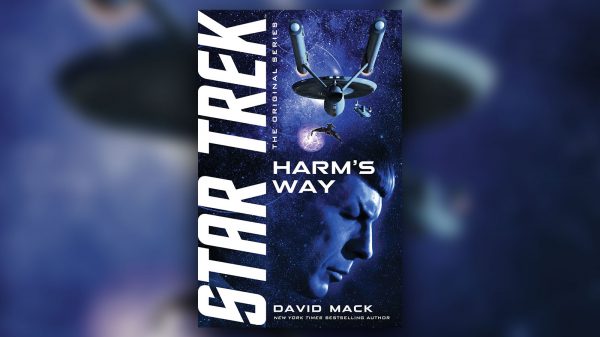
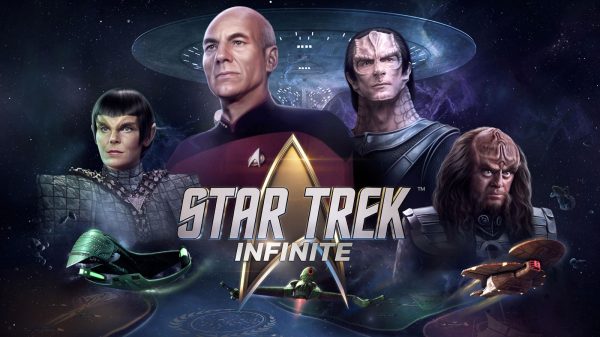
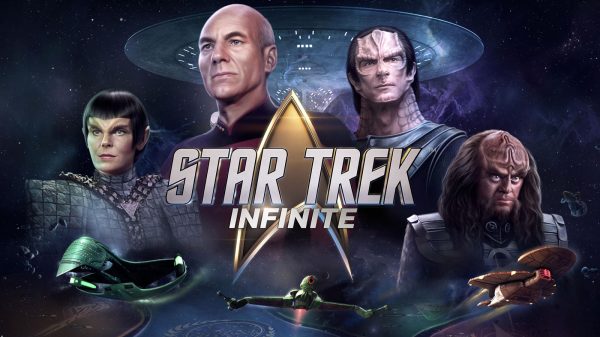
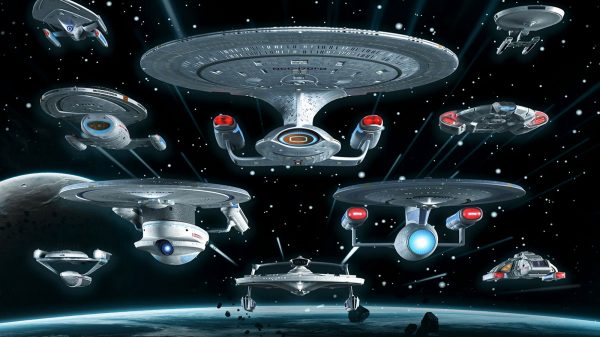
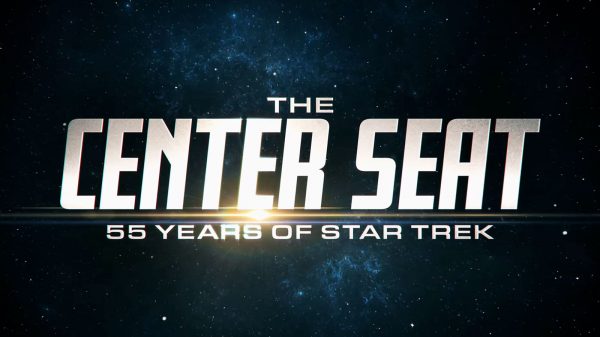
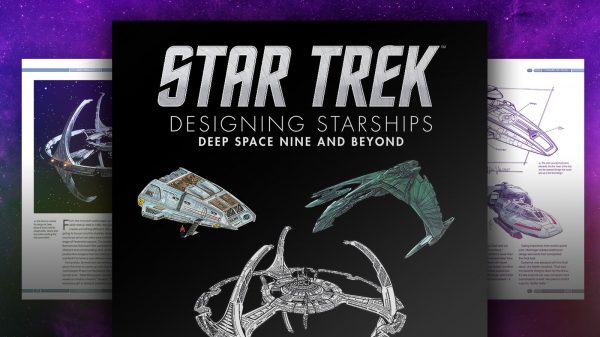
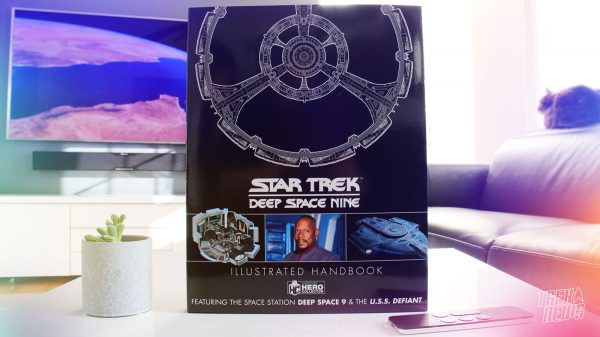
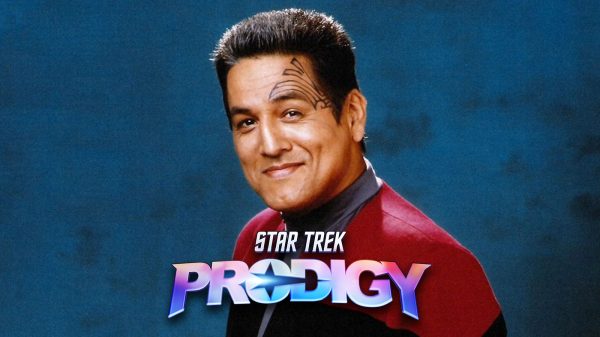
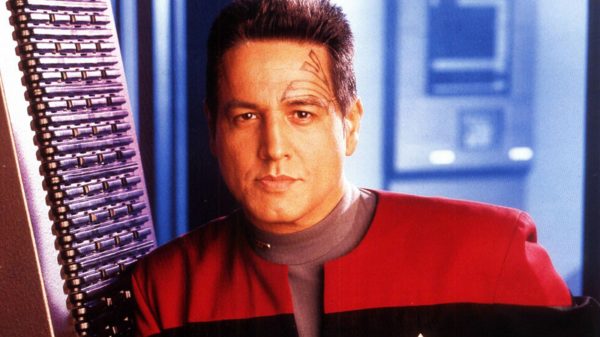


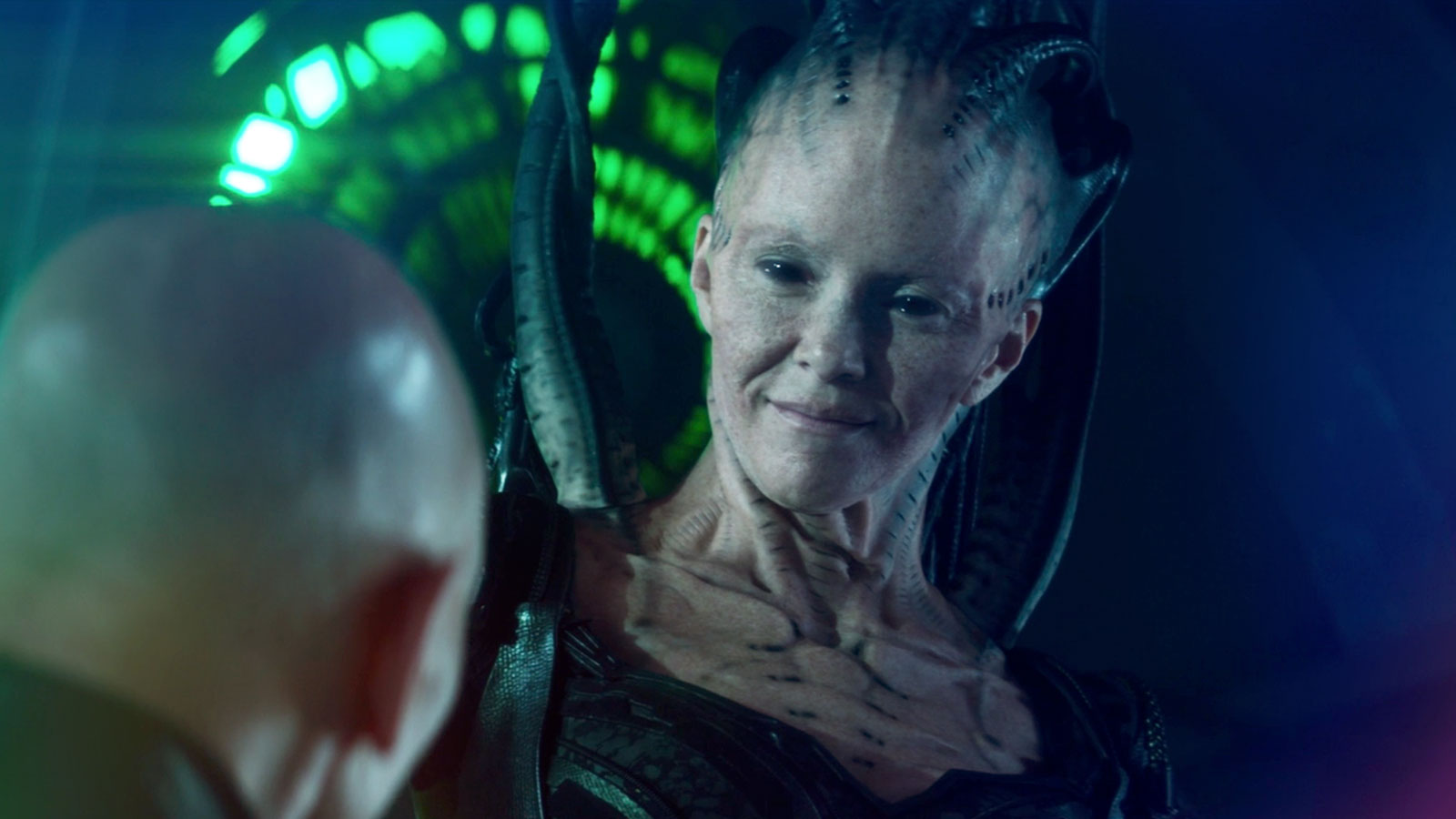
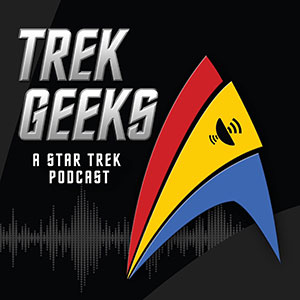



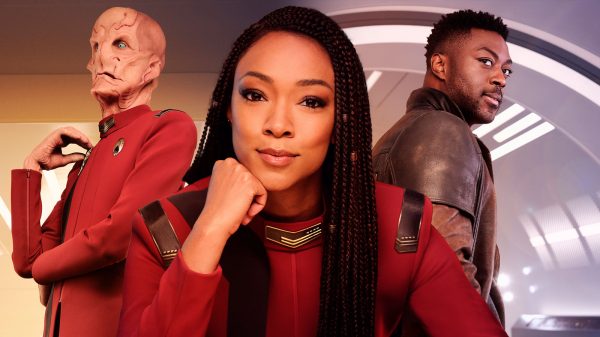

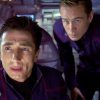
Kevin
March 17, 2022 at 4:33 pm
The coordinates from the queen listed as 34.0488N,-118.2518W (as best as I could make out from the show) are in an intersection of W5th St and S hill St in los Angeles on google earth, Near pershing park with a large sculpture or thing that has a large round “ball” in it.. looks kinda like a “watcher” =)
Wordsworth
March 18, 2022 at 8:19 am
Yeah, Star Trek has done time travel to our time before and it’s rarely more annoying when it does. Audiences are increasingly growing tired of being lectured when viewing entertainment and the fact that I knew the minute I found out they would coming back to our time in order to fix a totalitarian future that this adventure was going to lecture us about climate change/racial justice/illegal immigration reframed as immigration did not minimize my irritation at the inevitable condescension our futuristic heroes level at us regularly during these type of episodes.
That being said, talk about a transporter accident that we’ve rarely seen. We’ve seen accidents that make people old, accidents that make people young, accidents that scatter people’s molecules and accidents that divide people into different personalities. The one accident that seems most likely to happen – putting someone not on firm ground – is something I don’t think we’ve ever seen. The shot of poor Rios toppling off of the balcony is one of the most surprising and refreshing snippets of this season.
Good to see Q, even if it is only for a minute. He seems more stable now than in the last episode. Are Q’s problems connected to the altered timeline? Did coming back to before that happened level him off again?
I agree wholeheartedly about Picard’s stoicism in the face of Elnor’s death. So often, mourning is botched in sci-fi. Having Leia hug Rey in The Force Awakens instead of Chewbacca is a good example. Raffi should have more of that Starfleet discipline, true, but she is not Picard and she seems to have come to view Elnor as a surrogate son to replace the one that rejected her. Both Picard and Raffi have emotional baggage. They just handle it differently.
And, of course, in face of this loss, Raffi wasn’t thinking straight when blaming Picard for what Q does, something she should know he has virtually no control over.
Seven is now in a culture that knows nothing of Borg (and will not judge her based on that association) and that values beauty. She’s surprised that her beauty and charm work because it doesn’t work where she comes from – a galaxy where her implants make her a target to be feared and hated. Maybe the 24th century isn’t as enlightened as they like to pretend since Seven is deemed guilty by association for being captured as a little girl and forcibly converted.
Robert Irvin
March 19, 2022 at 8:29 pm
This is, indeed, the way.
John
March 24, 2022 at 11:14 am
Ice thing way over the top